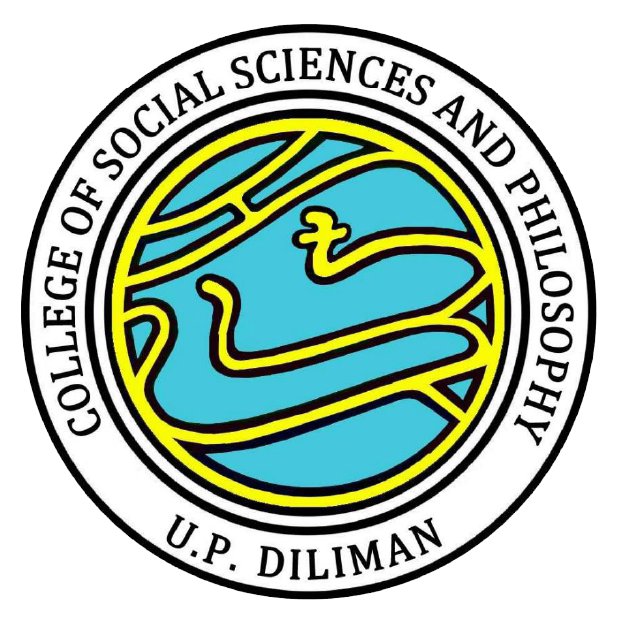Illegal Immigration and Chinese Transnational Networks in Southern Philippines, 1850–1898
Transnational Southeast Asia: Communities, Contestations and Cultures
This chapter explores the illegal immigration of Chinese in southern Philippines from 1850 to 1898. During the second half of the nineteenth century, the Spanish colonial government in the Philippines implemented policies aimed at controlling illegal Chinese immigration in the southern part of the colony. Although most Philippine Chinese would disembark at the port of the colonial capital of Manila, authorities were aware of the unregulated movement of the Chinese in Mindanao and Sulu that posed a threat to the colony’s political, military and economic stability. Chinese immigrants from Singapore, Labuan, Sandakan and other islands in the region provided commodity goods, arms and ammunition to local inhabitants and leaders such as the Sulu Sultan. Set against colonial conditions, this chapter examines the way that transnational networks in maritime Southeast Asia played a role in this illicit movement of people. Utilising Philippine and Spanish archives, it describes and analyses actors, institutions and processes operating in the Philippines and elsewhere that made this scheme possible, and from the state’s view, challenging to manage. This chapter contributes to an understanding of the creative ways of Chinese immigrants’ evasion of state regulations to engage freely in local and transnational activities.
Keywords
Chinese
Philippines
Illegal migration
Sulu
Mindanao
Faculty Involved:

Jely A. Galang, Ph.D.
Professor
Focus: Nineteenth century Philippines, Modern history of East Asia particularly China, History of Crime and Punishment



